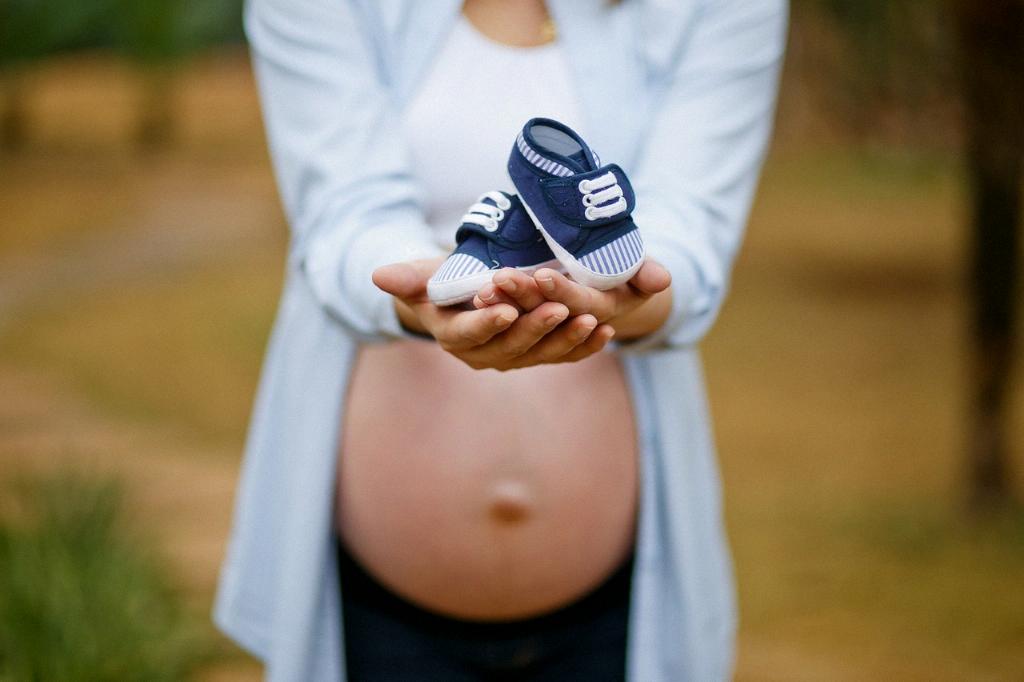Many women wonder whether they should wear compression socks during pregnancy. With the growing uterus exerting pressure on veins and the risk of blood clots due to hormonal changes, the topic of wearing compression socks becomes a significant consideration for expecting mothers.
Benefits of Compression Socks
Compression socks have been shown to aid in the prevention of blood clots and blood pooling, which can be particularly beneficial during pregnancy when the risk of developing conditions like Deep Vein Thrombosis (DVT) is heightened. By providing gentle pressure to the legs, compression socks promote healthy circulation, reducing the chances of clot formation.
Managing Body Aches and Pains
Aside from the prevention of blood clots, compression socks can also help alleviate common discomforts experienced during pregnancy. Increased circulation facilitated by compression socks can contribute to easing body aches and pains, providing expecting mothers with relief from the strain that often accompanies pregnancy.
Support for Veins
During pregnancy, the additional weight and pressure can strain the veins in the legs, leading to issues such as varicose veins. Compression socks offer support to the veins, reducing swelling and discomfort. By improving blood flow and reducing inflammation, these socks can help manage these symptoms effectively.
Precautions and Considerations
While compression socks can bring numerous benefits, it is essential to consult with a healthcare provider before incorporating them into your routine during pregnancy. Individual medical conditions and the level of compression required may vary, so obtaining professional advice is crucial before using compression socks.
Choosing the Right Compression Socks
When selecting compression socks for pregnancy, opt for those specifically designed for maternity wear. These socks are tailored to accommodate the changing shape of your body during pregnancy while providing the necessary compression to support circulation and alleviate discomfort.
Wearing Compression Socks Correctly
To maximize the benefits of compression socks, it is essential to wear them correctly. Ensure that the socks fit comfortably without being too tight, as excessive compression can impede circulation. Putting on compression socks in the morning before any swelling occurs can be more effective.
Staying Active and Mobile
While compression socks can aid in promoting circulation, it is also vital to incorporate regular movement and exercise into your daily routine during pregnancy. Simple activities like walking or prenatal yoga can further support healthy blood flow and overall well-being.
Listening to Your Body
Throughout pregnancy, it is crucial to listen to your body and respond to its signals. If you experience any discomfort or unusual symptoms while wearing compression socks, discontinue use and consult your healthcare provider promptly to ensure the safety and well-being of both you and your baby.
Final Thoughts on Compression Socks
Ultimately, the decision to wear compression socks during pregnancy should be based on individual needs and medical advice. While these socks offer valuable benefits in promoting circulation, preventing blood clots, and managing discomfort, it is essential to approach their use thoughtfully and in consultation with healthcare professionals.
Consulting Healthcare Professionals
For personalized recommendations on whether wearing compression socks during pregnancy is suitable for you, consult with your obstetrician or midwife. These healthcare providers can offer tailored guidance based on your unique circumstances and ensure that you make informed decisions regarding your prenatal care.

